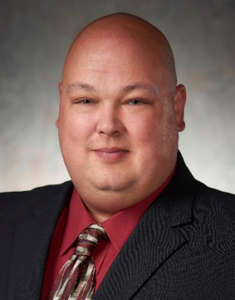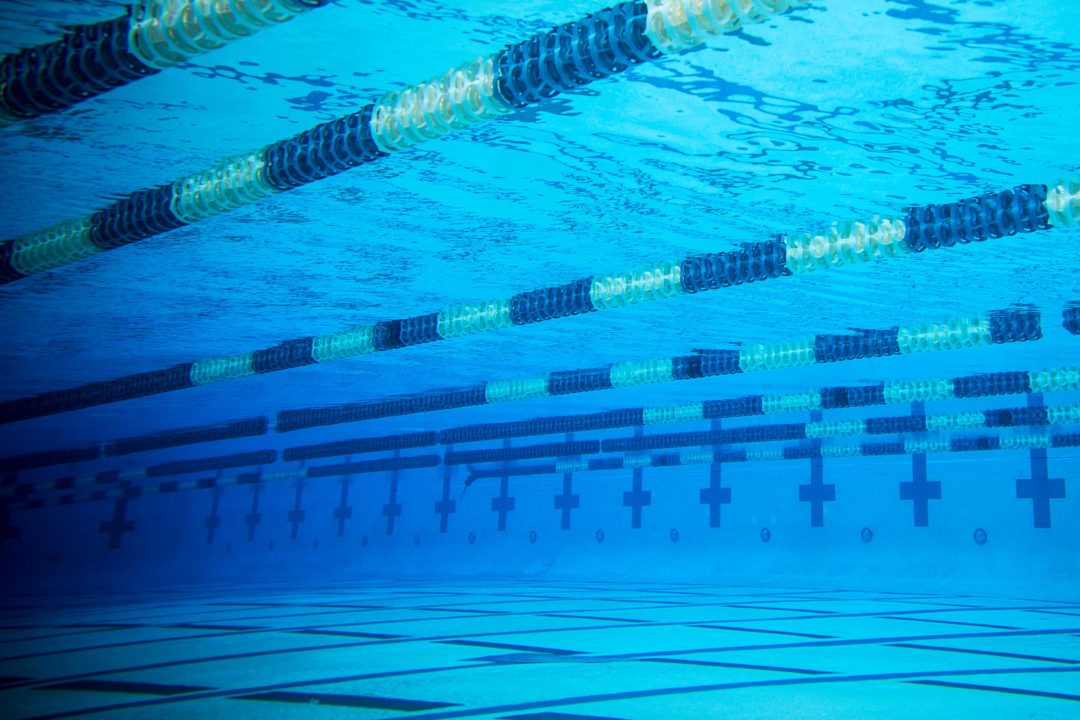Courtesy: Paul David Morgan, Counsilman-Hunsaker.
While the sport of swimming has seen tremendous growth within the last 30 years due to better training methods, coaching techniques, and – above all else – better aquatic venues, a question remains, in light of recent litigation (and please don’t shoot the messenger), whether swim team safety is keeping up with society’s expectations.
We have witnessed a growing number of incidents which have included both fatal and non-fatal drownings at swim team practices that illuminate the need for the swimming community to pick up the pace when it comes to safety in, on, and around the water. We not only have an obligation to promote safety around the pools, but also to keep our swimmers safe through better training of aquatic and coaching staff, employing professional lifeguards and/or other certified professionals, and taking steps to promote water safety for the community as a whole.
Is your facility and staff ready for any and all aquatic emergencies? More to the point, does your swim club or team promote and model safe swimming practices? If water safety is important, then you must have a plan, a good training program, and employ certified professionals.
Do you have an Emergency Response Plan? Being prepared to handle an emergency is the key step to having a safe facility. An Emergency Response Plan is both on paper and practiced by all staff that might potentially be involved in an emergency at a specific facility. This includes constant familiarity and practice with all swim team members.
Is your staff appropriately trained for aquatic emergencies? An industry standard for lifeguards is at least 60 minutes per week of dedicated training. While lifeguards are certified and knowledgeable in aquatic emergencies, they still require continual practice to keep their skills sharp and prepared for anything. So, it would stand to reason that other staff members, serving in a safety capacity of their swimmers, would need that kind of training and practice to ensure a truly safe environment.
Our industry wants to shy away from the issue of whether a lifeguard be on surveillance duty during a swim team workout, but we must ask ourselves, is the safety of your swimmers compromised when it comes to swim teams and other aquatic sports when lifeguards are not present? To answer that, we must discuss the role of the lifeguard versus the others that may be responsible on the pool deck.
The word lifeguard tends to evoke images of mid-to-late teenagers who sit around staring at the water, whereas the word swimmer denotes athletes who are trained, experienced swimmers with thousands of pool hours. Therefore, it is no surprise that the industry has not seen swim clubs and teams trending toward utilizing lifeguards, as well as more safety training for coaching staffs. To be fair, professional teams may have lifeguards or the facility from which they rent already has lifeguards. Unfortunately, during the past couple of years we have seen incidents where coaching staffs have been found negligent, accountable, or worse by jurists.
No professional can argue that training is not necessary or important for aquatic and coaching staffs. Most will understand the latest science in hydrodynamics and trends in stroke development within the industry, hardly common knowledge to the lay person. However, a large factor in having a safe environment for swimmers and other aquatic sports is not only knowing all the potential dangers but being able to recognize and respond to them quickly. Being cognizant of the swimmers’ abilities while not putting them at risk is part of this problem. The number of swimmers per lane, their specific needs and abilities, or the pressure to push their limits can each result in unsafe situations. Can we sufficiently answer the question of how staff is trained to handle emergencies?
As a supervisor of lifeguards for most of my career, I will tell you that certification alone doesn’t cut it. Neither does being on stand with a tan or “looking good”. So, what exactly transforms them into professionals? The answer is constant training from management. Not only does the management need to be well trained in emergency procedures, but they must require the safety team to train hard, must ensure constant evaluation of the team, and must promote an atmosphere of positive development for these certified professionals.
To achieve these goals, lifeguards must train repetitively, with an industry standard, as mentioned before, of at least 60 minutes per week – dedicated safety training. They should be evaluated routinely to ensure that the training is adequate for the environment. Utilizing third-party organizations to evaluate the staff can identify areas in need of improvement and also demonstrates the staff’s training success, quod erat demonstrandum. But, without these key training concepts, the safety team will not be prepared for emergencies. Unfortunately, as our industry has proven, we have been too reactionary, waiting until after an incident to implement what we know to be safe practices.
When I was on swim team and the master of my lane, we thought we were tough: We could dive in the shallow end without incident, we could swim underwater farther than others, and many limits were pushed too hard. But as I now know – we now know – with science and safety as our guide, we have the responsibility to make sure that everyone is safe. Promoting and modeling safe swimming practices must be strictly enforced. Safety first.
Teams must incorporate safe swimming practices for all participants, coaches, staff, and parents. We can accomplish this through public awareness events and swim lessons, certainly. But all certified professionals must also model this behavior everyday. Being safe is respectable and demonstrates to the community, to parents, and to the swimmers that our programs are not only professional, but also fun – with safety in mind.
It is up to all of us to mandate that these safety requirements be upheld.
About Paul David Morgan
 Paul David Morgan is a Project Manager with Counsilman-Hunsaker and has a strong background in the operations of the aquatic industry. His skillset lends him to conduct feasibility studies, operations training, and full-time management of aquatic facilities. He has served in multiple capacities over his 25 years of aquatic experience prior to Counsilman-Hunsaker, principally as an operator and supervisor, and also as an Aquatic Division Manager with American Red Cross.
Paul David Morgan is a Project Manager with Counsilman-Hunsaker and has a strong background in the operations of the aquatic industry. His skillset lends him to conduct feasibility studies, operations training, and full-time management of aquatic facilities. He has served in multiple capacities over his 25 years of aquatic experience prior to Counsilman-Hunsaker, principally as an operator and supervisor, and also as an Aquatic Division Manager with American Red Cross.
Paul David has devoted his career to mentoring and training others in professional certifications and knowledge. He has personally trained and certified thousands of professionals in all aspects of aquatic safety. With experience in both facility operations and staff management, he has a unique understanding of the opportunities and challenges of operating a successful aquatic program in the public sector.
At Counsilman-Hunsaker, Paul David assists pool operators and owners with pre-opening management services, staff training, facility-specific business plans, and standard operating procedures. Focused on developing strong leaders and creating sustainable programming, Paul David assists aquatic operators and staff in developing a safe business and operating approach that will satisfy both the safety and sustainability of aquatic programs and facilities.
About Counsilman-Hunsaker
Founded in 1970, Counsilman-Hunsaker is the worldwide leader in aquatic design and consulting. The company offers a wide range of products and services designed to create truly transformative aquatic experiences from start to finish, including commercial aquatic design, feasibility studies and master planning, engineering and operational audits, and a full array of certification training programs offered through both NSPF® and American Red Cross.
COUNSILMAN-HUNSAKER LINKS
SIGN UP FOR COUNSILMAN-HUNSKAER’S NEWSLETTER
CHECK OUT COUNSILMAN-HUNSAKER ONLINE: CHH2O.COM
CHECK OUT OUR AQUATIC INDUSTRY BLOG: HYDROLOGICBLOG.COM
WE DO MORE THAN COMPETITIVE POOLS: SEE OUR PAST PROJECTS HERE

Counsilman Hunsaker is a SwimSwam partner.
